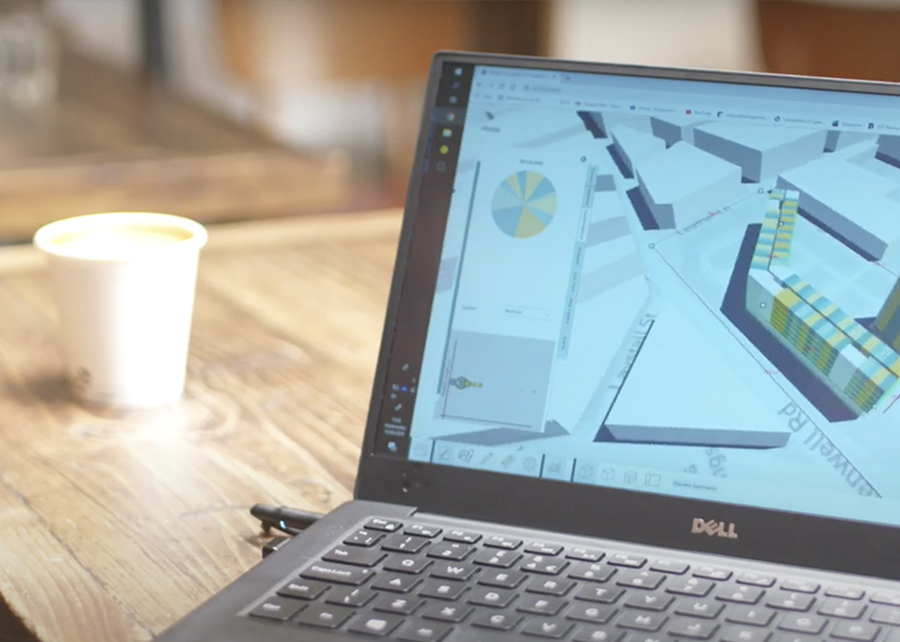Typically, a feasibility study will be a discrete piece of work that explores a site, looking at its suitability for our client’s development idea.
What’s included in a feasibility study?
A feasibility study can establish the appropriate quantum of development, the likely cost of delivery and the possible environmental, social and economic impacts associated with the scheme.
Our studies typically cover massing, access, highways, views, site capacity, typical unit plans and adjacent properties. We’ll also analyse environmental factors and local planning legislation, along with conservation issues, heritage assets or factors around sensitive properties or sites.
Speak with one of our local architects to see if this approach is right for you.
Stakeholder engagement
Engaging stakeholders during the study phase can help pre-empt the challenges likely to emerge during the planning application process. In our experience this leads to better long term outcomes for all projects, including the most sensitive properties.
Feasibility studies often form the basis for discussions with local planning authorities, interested investors or local community groups.
How long do feasibility studies take?
Once we’re appointed, feasibility studies typically take four weeks. Aligned to RIBA stages 0 and 1, they’re a great place to start a project and help get it off to a strong start and maximise its potential.
Your study often forms the basis of a pre-application scheme that we can use to formally consult with the local planning authority.
Speak with one of our local architects to see if this approach is right for you.
